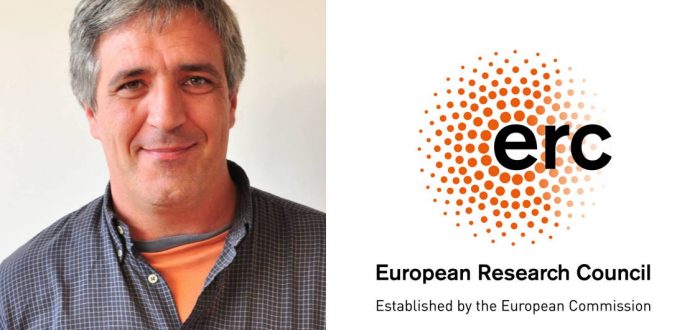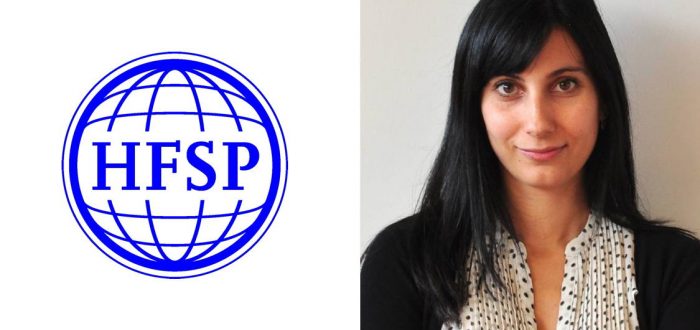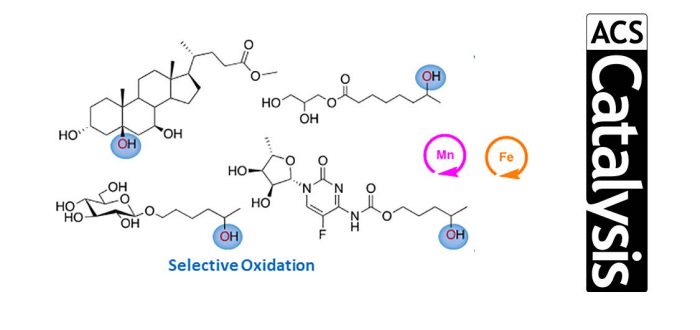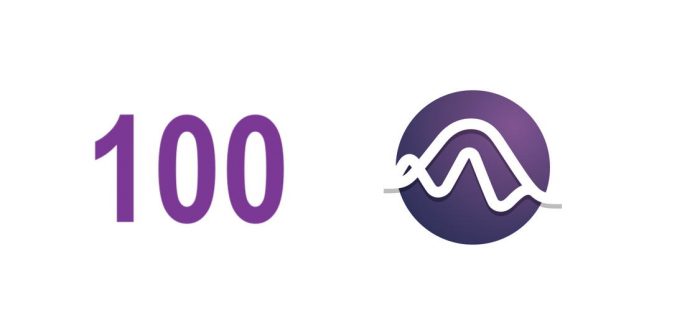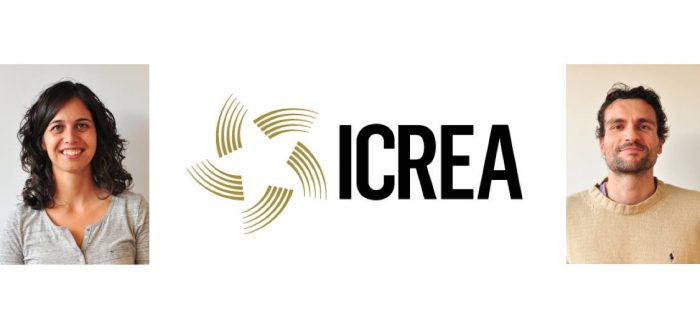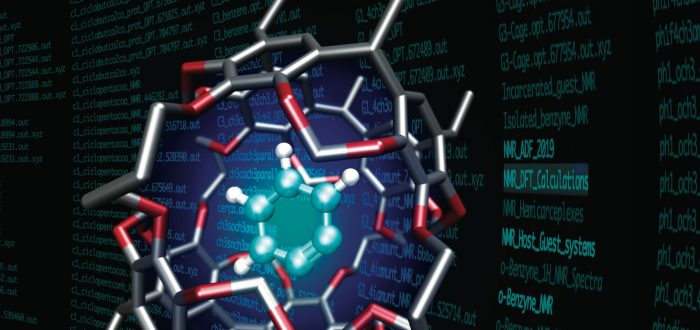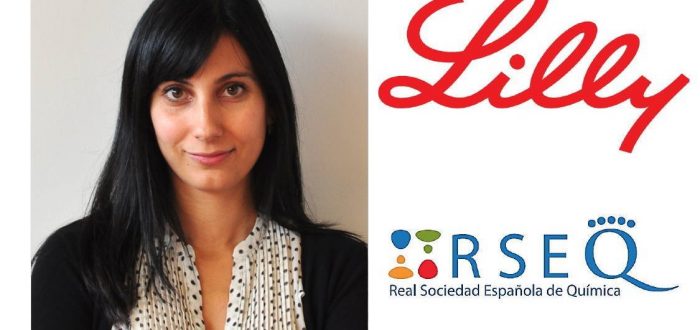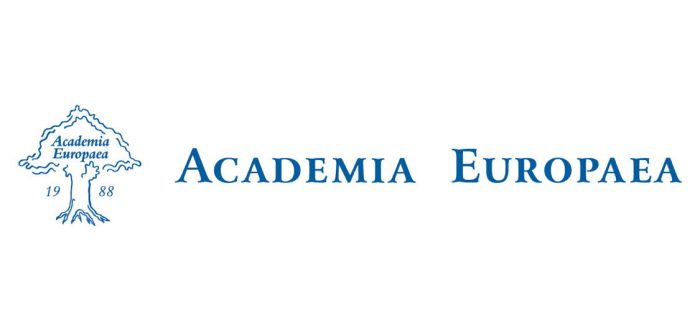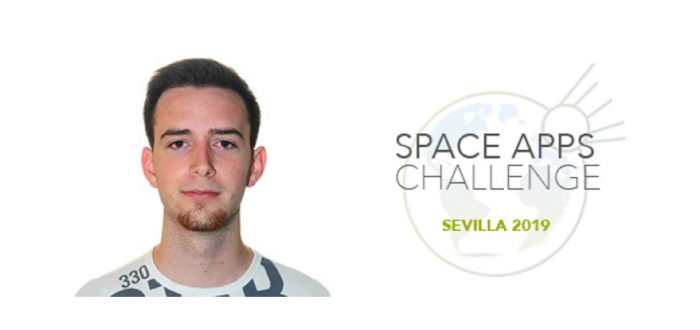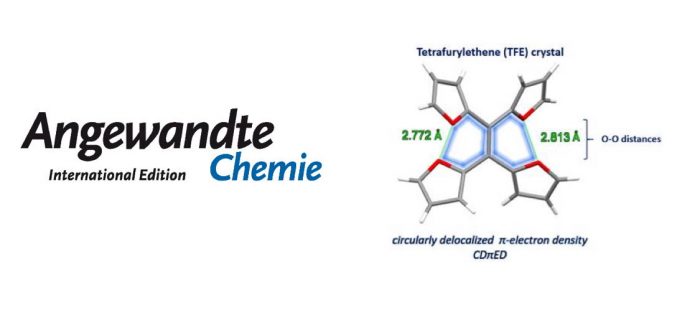Today the European Research Council announced the grantees of their ERC Advanced Grants, among which featured our Miquel Costas (ICREA Academia) with his “Enantioselective C-H Oxidation Guided by Rational Catalyst Design” project. This five-year project will enable him to continue on his excellent path to understanding in great detail the secrets of C-H oxidation chemistry. Congratulations
- sec.iqcc@udg.edu
- +34 972 41 83 57
Category: Portada
Today the Human Frontier Science Program has announced the list of the awardees in the latest 2020 call, among which featured our Sílvia Osuna (ICREA) with a research project on “the evolution of conformational and kinetic ensembles during functional transitions” (RGP0054/2020). The team of the project is composed by Prof. Tokuriki (grant coordinator, University of
Site-selective and product chemoselective aliphatic C–H bond oxidation of 1,2-diols and of polyhydroxylated substrates using iron and manganese catalysts and hydrogen peroxide as terminal oxidant is described. The reaction capitalizes on the use of fluorinated alcohol solvents such as 2,2,2-trifluoroethanol (TFE) and 1,1,1,3,3,3-hexafluoro-2-propanol (HFIP), which exert a strong polarity reversal in the hydroxyl moieties of
The IQCC was created in 1993 (as IQC, focusing only on computational chemistry), and was joined in 2013 by two experimental groups (QBIS, METSO) because of long-standing collaborations and mutual interests. Right now, in this vibrant community of highly motivated researchers that are working on predictive catalysis both at lab benches and through molecular modelling, we
Today ICREA announced the list of winners of the ICREA Acadèmia awards 2019, among which are three (!!!) names from the University of Girona: Sebastià Puig (Engineering), Anna Company and Albert Poater (both IQCC and Chemistry). Congratulations to all three!
The incarceration of o?benzyne and 27 other guest molecules within hemicarcerand 1, as reported experimentally by Warmuth, and Cram and co?workers, has been studied by density functional theory (DFT). The 1H-NMR chemical shifts, rotational mobility, and conformational preference of the guests within the supramolecular cage were determined, which showed intriguing correlations of the chemical shifts
Today Sílvia Osuna received the Premio Lilly Joven de Investigación 2019 at the headquarters of Lilly in Madrid, where she also delivered her award-ceremony talk “Computational enzyme evolution”. She has won the award, as already announced earlier this year, for her outstanding scientific career on enzyme design, fullerenes, and carbon materials. The Lilly Prize for Young Investigators
Prof. Marcel Swart, director of the IQCC since 2015, was recently elected as member of Academia Europaea and received yesterday the corresponding decorations. The Academia Europaea is a pan-European Academy founded in 1988 and is composed of individual scientists and scholars from all disciplines, who are experts and leaders in their own subject areas as
Last weekend in Sevilla, PhD student of Institute of Computational Chemistry and Catalysis (IQCC) Miquel Estévez with three more researchers have been awarded the best project in the category of Earth’s Oceans: Rising Water given by Hackathon SpaceApps Challenge of NASA. They have received the award for their project entitle WaterMatters based on NASA data
Close O-O contacts make me redder. The tetrafurylethene AIE luminogen has a strong red morphochromism going from the aggregate to the crystalline phase (27 nm). In this joint study with the group of B.-Z. Tang in Honk-Kong University of Science and Technology, which started with the visit of L. Viglianti in 2018, Lluís Blancafort and

